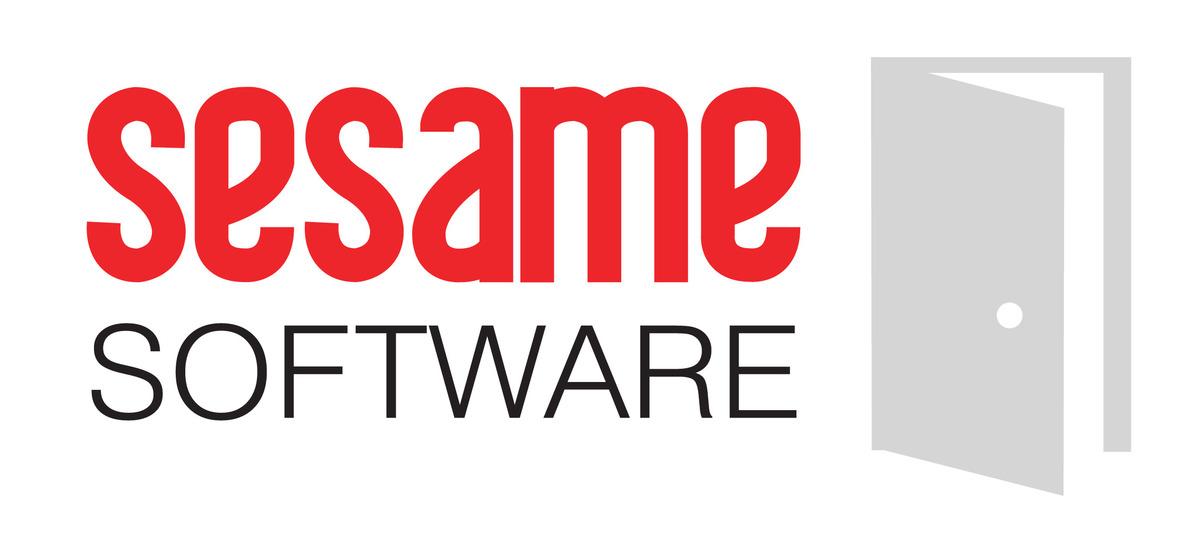In today’s dynamic business landscape, where operations are intricately linked to the digital realm, the thought of losing your company’s data can be extremely nerve-wracking. Reliance on digital information has soared to unprecedented heights, bringing about both convenience and accountability. Yet, within this intricate business-technology relationship, uncertainties and significant disruptions are inevitable.
Organizations are faced with a pivotal decision-making process, seeking the most effective route to safeguard their crucial data. Businesses essentially have three distinct options to navigate this. The first involves the ambitious choice to construct an in-house recovery plan or tool, tailor-made to their specific needs and infrastructure. On the flip side, there’s the option to leverage the expertise of third-party providers, entrusting the responsibility of data protection to seasoned, out of organization, professionals. Lastly, businesses can opt for a more integrated approach by relying on the inherent protection features in the programs and platforms they already use. Each avenue comes with its unique set of pros and cons, presenting businesses with a spectrum of choices as they embark on the journey of ensuring robust business recovery.
Crafting In-House Resilience
Creating an in-house recovery tool or plan is a challenging undertaking that requires extensive time and resources. While it offers unparalleled customization, the process involves meticulous planning, design, testing, and implementation. Developing such a tool demands a high level of expertise and a commitment to staying updated with technological advancements. Even after design and deployment, continuous monitoring and updates are crucial to ensure the tool remains relevant and effective in the evolving landscape of data recovery and business resilience. If seeking external business recovery providers feels overwhelming, building an internal tool from scratch presents its own set of complexities.
Opting for a Safer Path: Business Recovery Tools
Countless online resources offer guidance on recovering lost business data. However, utilizing business recovery tools is unquestionably a much safer alternative than a do-it-yourself endeavor for physical data recovery. It’s akin to having a superhero for your business data, swooping in to salvage crucial information with just a few clicks. Nevertheless, similar to any hero, business recovery tools come with their own set of risks.
Understanding the Potential Pitfalls

While the digital sphere boasts various dependable business recovery programs, it is prudent to approach them with caution. Here’s why:
Overconfidence is a Pitfall. Merely possessing a cutting-edge business recovery tool doesn’t automatically make you an expert. It’s easy to get carried away and unintentionally overwrite the very data you’re trying to recover. Proceed with caution and invest time in understanding the tool’s functionalities.
Compatibility Challenges. Not all business recovery tools are created equal, and compatibility issues may arise. Ensure that the tool is suitable for your specific business storage device and file system to avoid further complications.
Concealed Costs and In-Platform Purchases. Some business recovery tools may initially appear free, but be wary of hidden costs and in-app purchases. Scrutinize the fine print and comprehend the tool’s limitations before committing to the recovery process.
Security Concerns. The act of recovering business data involves delving into the depths of your digital business life. Ensure that the chosen business recovery tool prioritizes security, safeguarding sensitive business information from prying eyes or potential breaches.
Helpful Advice for Navigating Business Recovery
So, should you trust business recovery tools? Absolutely, but with a sprinkle of caution. Start by considering the following when starting to navigate search for a business recovery tool:
Conduct Thorough Research. Before entrusting your business data to any tool, delve into reviews, forums, and user experiences. A quick online search can offer valuable insights into the effectiveness and reliability of different business recovery programs.

Backup Before Implementation. Prior to initiating a business recovery mission, consider creating a backup of your current business data. This precautionary step ensures that even if things don’t go as planned, you have a safety net to fall back on.
Stay Within Your Business Comfort Zone. Resist the urge to play the digital hero if you’re uncertain about the tool’s functionalities. Stick to the basics, follow the instructions diligently, and avoid making hasty decisions that could exacerbate the situation.
Perhaps one of the safest strategies in one’s search is to opt for a streamlined approach with a third-party solution like Relational Junction for Salesforce. Unlike the complexities of in-house development or potential hidden costs from existing platforms, Relational Junction ensures a hassle-free experience in backing up and recovering all Salesforce data, from contacts and leads to opportunities and custom objects. Offering swift point-in-time recovery at various data levels, it stands as a proven solution to safeguard critical business data. Quick deployment, coupled with transparent pricing without hidden costs based on data loss, makes Relational Junction a reliable choice for securing your business information.
Trusting business recovery tools is a rational and often successful solution to the challenges of lost business data. However, it’s crucial to exercise caution. As you navigate the digital business landscape armed with your chosen recovery tools, tread carefully, and remember that a little prudence can go a long way in safeguarding your business’s digital assets. Happy recovering!
Still Trying To Figure Out Where To Start?
We can help. Schedule a demo of Relational Junction today to discuss how we can help create a unified view of your data by bringing it all to one place with instant connections to on-premise or cloud enterprise applications or databases.

